Project Mustang mechanicals
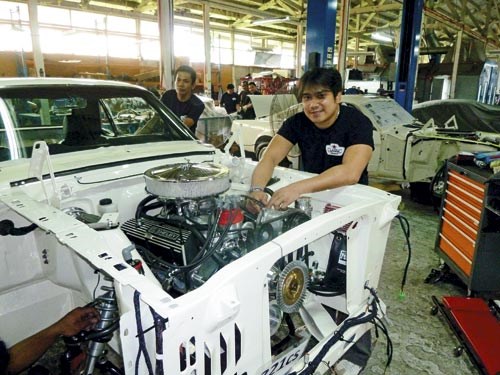 Project Mustang - Unique Cars magazine
Project Mustang - Unique Cars magazine

 Project Mustang - Unique Cars magazine
Project Mustang - Unique Cars magazine
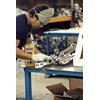
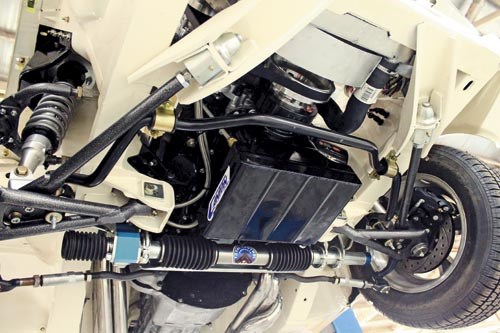 Project Mustang - Unique Cars magazine
Project Mustang - Unique Cars magazine

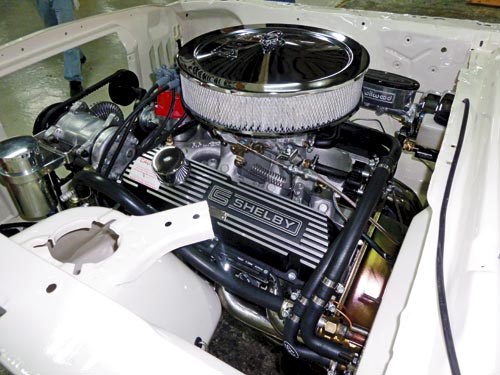 Project Mustang - Unique Cars magazine
Project Mustang - Unique Cars magazine

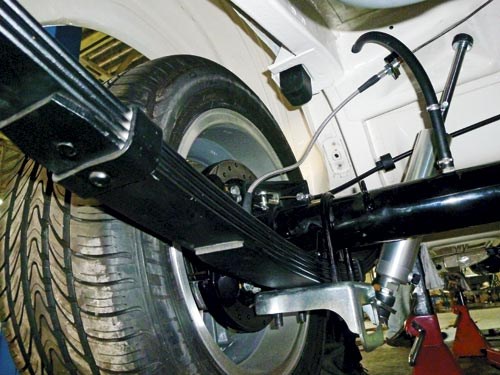 Project Mustang - Unique Cars magazine
Project Mustang - Unique Cars magazine

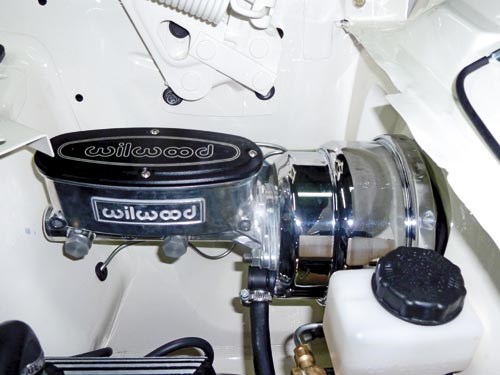 Project Mustang - Unique Cars magazine
Project Mustang - Unique Cars magazine


|
|
Project Mustang - Unique Cars magazine
|

|
|
Project Mustang - Unique Cars magazine
|

|
|
Project Mustang - Unique Cars magazine
|

|
|
Project Mustang - Unique Cars magazine
|

|
|
Project Mustang - Unique Cars magazine
|

|
|
Project Mustang - Unique Cars magazine
|
Our new toy needed a new V8 engine, brakes and much more, so we gave it the best

|
|
Project Mustang - Unique Cars magazine
|
Project Mustang
With a scary number of hours having gone into the body of our lovely '64-and-a-half Mustang, we're convinced it's now straighter than when it left the factory. And she's solid as a rock.
Classic Speed - they can make your monster as mild, or as wild, as you like.
While keeping the thing road-legal is clearly a consideration, project manager Uncle Phil had a very clear goal in mind - make it a good daily driver that can handle the odd club event without raising a sweat.
So, where have we ended up? Let's start at the sharp end. We've stuck with the 302 engine (stroked to 347), delivered pretty much as a finished package from Blueprint Engines in the US. Carburetion is a Holley 600 with an electric choke. Horsepower is a healthy 400 at the crank (298kW). That's hooked up to an MSD solid-state ignition, using a vacuum advance.
"We retain a vacuum advance for good off-idle acceleration without hesitation," explains factory manager and experienced engineer, Richard Dearing. "It's a
maintenance-free system that extends spark-plug life and is hands-down better than the old one." Since we've touched on electricals, it's worth mentioning that Classic Speed has an in-house wiring loom that they're clearly proud of.
"Those were about a year-and-a-half in development and once we got it made, we turned it over to Harness Master here in Clarke (airbase, Philippines). They make harnesses for Caterpillar in Australia and a host of other companies around the world," Richard says.
"They have a beautiful nylon outer braid and Deutsch waterproof connectors. They fit any car we build, right- or left-hand drive. Where it used to take three weeks to wire a car from scratch, it now takes three days."
The clutch comes from McLeod Racing and runs hydraulic actuation. "There's very little leg effort required but they're stronger than the original," says Richard.
As for the transmission, we've gone for a Tremec TKO - a five-speed manual. "They're a great gearbox and a very sturdy, reliable unit with a nice, close shift pattern, and a nice overdrive ratio," says Richard. Hooking that lot up is a new shaft from Driveshaft Specialist - another US supplier. That's mated to a 3.89:1 ratio nine-inch, limited-slip diff from Strange Engineering.
So we've got plenty of power to do the job, and some way of getting it to the ground, but what about the brakes?
We've gone for four-piston Wilwood calipers and discs all 'round, running 11-inch rotors. It's a simple and straight-foward set-up, with vastly superior power and feel than the original 1960s drums.
Gone, too, is much of the half-century-old steering and suspension. We've plumped for a package made by Total Control, which includes a power rack-and-pinion unit, along with coils up front and leaf rear springs. Premium dampers are included, which are adjustable for compression and rebound rates.
You don't need to be a mathematician to work out that Project Mustang is going to be a bit quicker than when it was rolled out the factory doors all those years ago. However, it's also going to be a far more 'together' driving package. Richard points out that the car is now actually dead straight - they could be out by a quarter or three-eights of an inch when new - with better steering, suspension and brakes.
He reckons: "Percentage wise, the driveability of the original cars wouldn't be 60 percent of what they are now. For ride and handling, acceleration, turning and stopping… everything is vastly improved."
Unique Cars magazine Value Guides
Sell your car for free right here
Get your monthly fix of news, reviews and stories on the greatest cars and minds in the automotive world.
Subscribe

.jpg)










